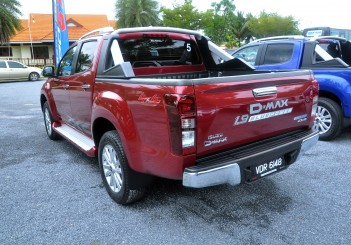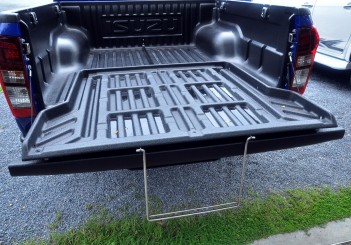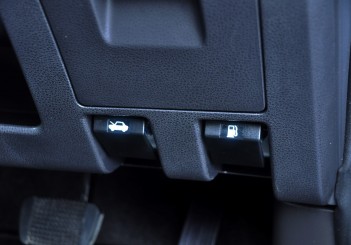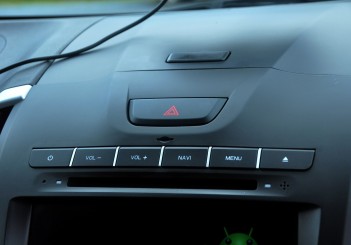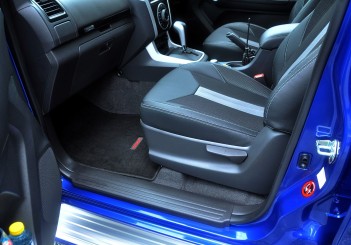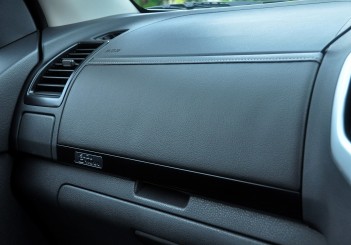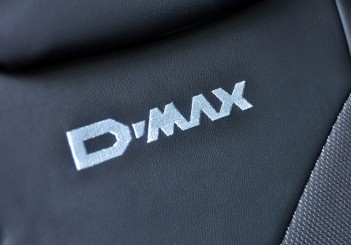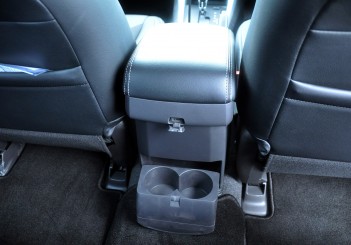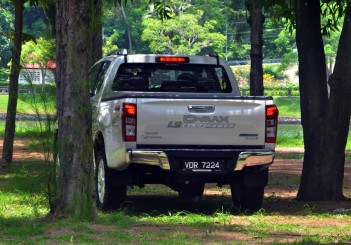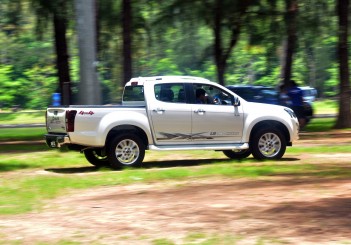These pick-up trucks are known to be a 'tough crowd' to roll with and have a tendency of appealing to the male-skewed demographics with its aggressive styling and...large 'everything' - it's no wonder.
But, for the Malaysian market, it's the features that get the crowd cheering.

Forget what it can do, only because it's a given, but rather what it provides.
So with the new D-Max just launched yesterday with a downsized 1.9-litre turbo-diesel mill, fans of this particular Japanese brand might find themselves frowning upon such meagre provisions. Or is it?
After flying into Krabi, Thailand and driving the D-Max 1.9-litre Blue Power some 200km to Patong in Phuket, Thailand the consensus was clear - this little engine was an obvious case of 'size doesn't matter'.
To go into further detail, the 1,898cc turbo-diesel RZ4E mill felt more willing and capable compared to its larger 2.5-litre 4JK1-TCX.

As explained by Isuzu engine department general manager Isamu Tateyama - the man in charge of downsizing the engine, "the new RZ4E will be the engine that replaces the (2.5-litre) 4JK1."
Technically, the engine isn't new since entering Thailand's market in 2015, followed by the European Union in 2016.
The reason for replacing the 2.5-litre engine is to help Isuzu comply with global emissions standards, but they also felt compelled to provide more in terms of accelerative qualities, fuel consumption and lower maintenance costs.
But why did it take so long to be launched in Malaysia?
It all boiled down to the 1.9-litre engine's ability to accept our fuel quality and provide consistent power delivery in and around our higher-altitude regions.

Among the improvements made, the 1.9-litre oil burner is also significantly lighter by 56kg from its 2.5-litre's over 200kg engine weight and in terms of engineering, that's a massive amount of savings.
In terms of output, the 1.9-litre out-powers the larger 2.5-litre mill with its 150hp (+36hp) at 3,600rpm and 350Nm (+30Nm) of torque from 1,800 to 2,600rpm.
"We improve the engine by including a new combustion chamber with a stepped shape and clothoid curve, coated the pistons with a graphite diamond-like carbon coating, upped the fuel injectors to 200Mpa, redesigned the variable-geometry turbo system and made the engine 13% stiffer," explained Tateyama.
The result saw a decrease in overall friction by 37% at 2,000rpm, which in turn relieves the stresses on the water pump to help cool the engine.
Additionally, the exhaust gas recirculation system - which cycles a portion of the exhaust back into the engine's cylinders, was further improved with a reduction in nitrogen oxide production.

Also, a new high-performance timing chain has been added and has been relocated to the rear of the engine to ease serviceability.
All that gets paired to a new six-speed automatic/manual transmission with lower friction and with the inclusion of Vehicle Launch Assist Control the auto and manual transmission engages more effectively by increasing the engine's revs automatically.
Along with a revised final-drive ratio, driveability has been improved and the engine idle noise reduced.
Specifically for Malaysia, Tateyama added that the engine was tested for 3,500hrs after adding a pre-fuel filter for our Euro2 grade of fuels to ensure reliability and return, at best, a consumption of 8.0 litres per 100km.
With the technicals aside, were the changes made to the engine really that much better? We're happy to report that the new D-Max was.

The common 'clacking' noises heard from diesel engines in general while standing next to it at idle was significantly lower.
Power delivery saw no signs that this engine possessed a lower displacement and yet it had a slightly more 'peppier' power delivery than the outgoing 2.5-litre engine on winding roads and cruising saw engine speeds that weren't excessive.
Flooring the throttle from here gets this pick-up truck hustling as quickly as the cabin gets filled with engine roar.
As Tateyama would explain, it was thanks to Isuzu's revised six-speed auto and manual transmissions that had closer gear ratios to allow for a more spirited driving quality around the 2,000rpm mark for tight winding roads.
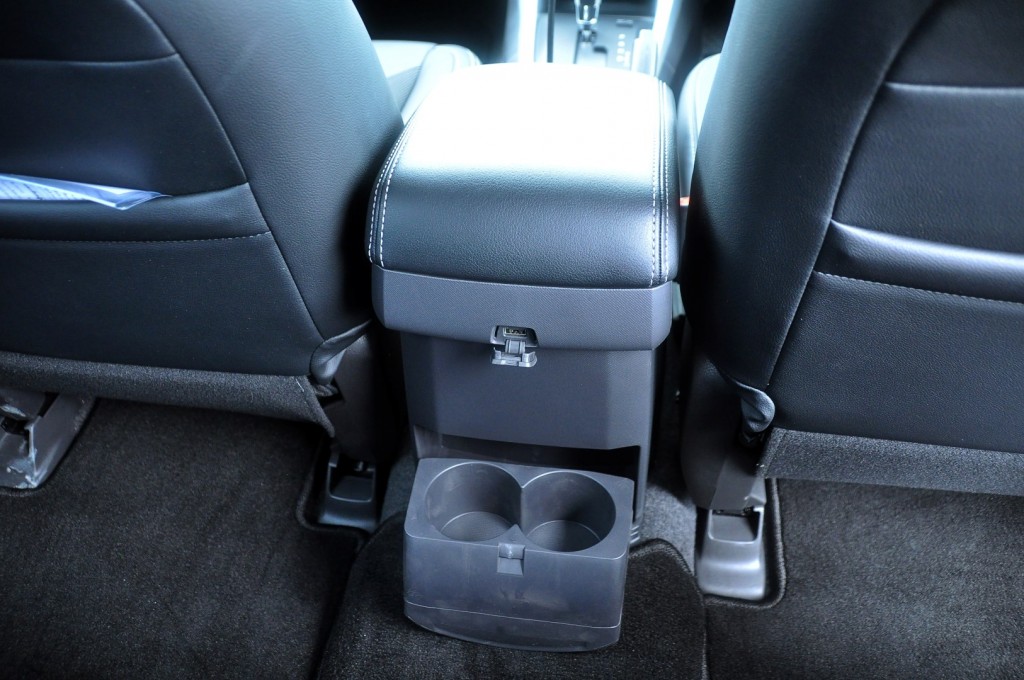
That being said, with the last two gear ratios being taller, cruising about at highway speeds kept engine noise intrusion into the cabin at bay.
Front driver and passenger will sit fairly upright and while the steering wheel is height-adjustable, reach still remains fixed.
Although the centre console might seem rather plastic-like, it does attest to the fact that this vehicle was made robust first with luxury accoutrements coming in a close second and this includes leather seats, keyless entry with push-start button and an android-based headunit with reverse camera.
Optional extras are available such as the easy-tailgate lift, flat-bed pull-out and sports bar for the Thai-market among others.

Overall, the suspension will provide for a comfortable ride but the Toyo A33 Open Country all-terrain tyres won't do the D-Max justice on spirited tarmac/asphalt runs which dulls the steering response and feedback.
Afterall, the tyres are high-profiled all-terrain tyres, to begin with, and aren't exactly meant for winding runs, but they do their job nonetheless.
Undoubtedly, the 1.9-litre D-max will serve its purpose as a strong workhorse and it does present a strong case in terms of reliability and power delivery.
Couple this with a slightly revised exterior paired with highly angular projector headlights with integrated daytime running lights to add to its aggressive good looks makes for a hard pick-up truck to ignore.
























